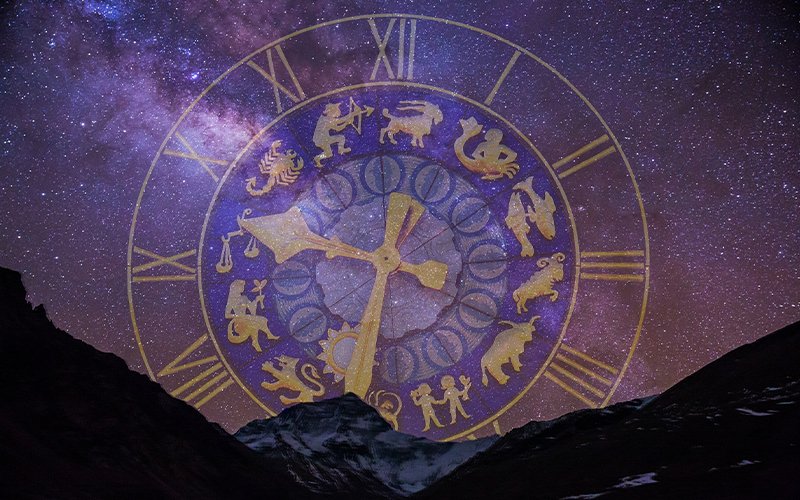Decoding Today’s Panchangam: Astrological Predictions Unveiled
The Panchangam, also known as the Hindu calendar, is an ancient astrological tool used in India to determine auspicious times for various activities such as weddings, housewarming ceremonies, and starting new ventures. It is a comprehensive guide that incorporates information on the positions of celestial bodies, lunar phases, and other astrological calculations. In this article, we will explore the significance of the Panchangam and how to decipher it for accurate astrological predictions.
Understanding the Panchangam:
The word “Panchangam” is derived from two Sanskrit words, “Pancha” meaning five and “Angam” meaning parts. As the name suggests, the Panchangam is divided into five parts, known as Tithi, Vara, Nakshatra, Yoga, and Karana. Each part represents a unique aspect of time and is associated with specific astrological qualities.
1. Tithi: Tithi refers to the lunar day and is calculated based on the position of the Moon in relation to the Sun. There are 30 tithis in a lunar month, and each has its own significance. For example, the first tithi, called Pratipada, is considered highly auspicious for starting new projects, while the 14th tithi, known as Chaturdashi, is associated with spiritual practices and purification.
2. Vara: Vara represents the day of the week and is derived from the seven traditional planets in Vedic astrology. Each day is ruled by a different planet, and its influences are believed to affect various aspects of life. For instance, Monday is associated with the Moon and is considered favorable for emotional healing and nurturing activities, while Saturday, ruled by Saturn, is considered auspicious for spiritual practices and disciplined endeavors.
3. Nakshatra: Nakshatra refers to the lunar mansion or constellation the Moon is residing in at a particular time. There are 27 Nakshatras in total, and each has its own unique qualities and ruling deity. Nakshatra plays a crucial role in determining the compatibility of individuals for marriage, as well as providing insights into their personality traits and life paths.
4. Yoga: Yoga represents the union of the Sun and the Moon and is calculated based on their angular relationship. There are 27 Yogas, each with its own characteristics and effects. The Yoga of the day is believed to influence the overall energy and atmosphere, affecting the success of endeavors and the general well-being.
5. Karana: Karana is derived from the movement of the Moon and is used to determine the suitability of certain activities at a particular time. There are eleven Karanas, each with its own specific qualities. Some Karanas are considered auspicious for starting new ventures, while others are more suitable for routine tasks or spiritual practices.
Decoding the Panchangam for Astrological Predictions:
To decode the Panchangam for accurate astrological predictions, one must consider the interactions between these five elements. The combination of Tithi, Vara, Nakshatra, Yoga, and Karana on a particular day provides valuable insights into the energetic influences and cosmic vibrations surrounding an individual or an event.
Astrologers use the Panchangam to make predictions about various aspects of life, including career, relationships, health, and spirituality. By analyzing the interactions between the different elements of the Panchangam, astrologers can provide guidance and predictions regarding the most favorable times for specific activities, as well as potential challenges or obstacles that may arise.
FAQs:
Q: Is the Panchangam only relevant for Hindu rituals and ceremonies?
A: While the Panchangam is widely used for Hindu rituals and ceremonies, its relevance extends beyond religious practices. It can be used to determine auspicious times for various activities, such as starting a new business, signing important contracts, or even planning personal events like vacations and travel.
Q: Can the Panchangam predict future events accurately?
A: The Panchangam provides a framework for understanding the energetic influences at play during a particular time. However, it is important to remember that astrology is not deterministic and does not provide a fixed roadmap for the future. Astrological predictions should be seen as potential tendencies and possibilities, which can be influenced by individual choices and actions.
Q: Can anyone decode the Panchangam, or is it exclusive to astrologers?
A: While astrologers have in-depth knowledge and expertise in decoding the Panchangam, anyone can learn the basics and make use of this ancient tool. There are numerous Panchangam apps, websites, and books available that provide simplified interpretations and explanations, making it accessible to a wider audience.
In conclusion, the Panchangam is a valuable astrological tool that provides insights into the energetic influences at play during a particular time. By understanding the five elements of the Panchangam and their interactions, one can make informed decisions, plan activities, and gain a deeper understanding of the cosmic vibrations affecting their lives. Whether used for religious rituals or personal endeavors, the Panchangam unlocks the secrets of time and offers a glimpse into the mysteries of the universe.

